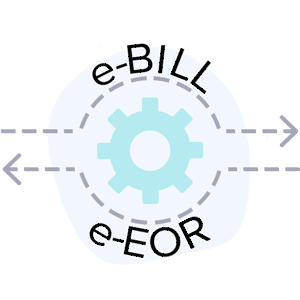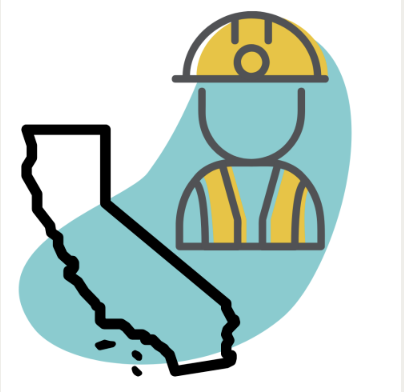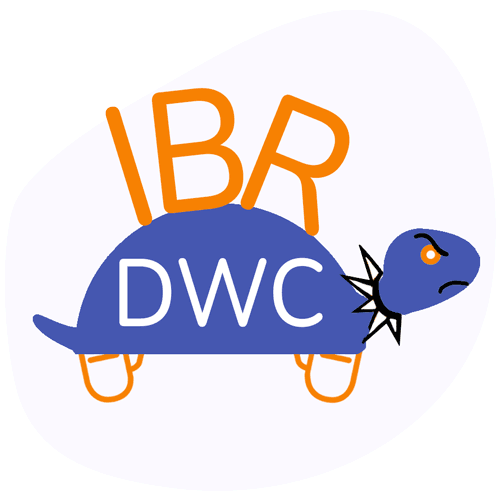Does DWC 1 Form Violate CA Law?
.gif)
Workers’ comp is often described as a “Grand Bargain” between employers and employees. The bargain terms are simple: employees cannot sue their employers for work-related injuries; in exchange, employers must cover the medical costs necessary to treat work-related injuries.
Reams of law dictate how the Grand Bargain should be enforced. But in California, the regulators responsible for overseeing workers’ comp have seemingly abandoned injured workers, potentially leaving them with no care for the initial weeks or months following an injury.
After an injured worker submits the DWC 1 form to their employer to report a workplace injury, California law allows the claims administrator up to 90 days to accept or reject liability for the injury. Crucially, California law mandates that the claims administrator must authorize and pay for all appropriate treatment during the 90 days, up to $10,000.
But according to the DWC 1 form, while claims administrators contemplate accepting liability, the Division of Workers’ Compensation (DWC) expects injured workers to figure out how to pay for their medical care — in what appears to be a violation of apparent law, and arguably a potential incitement to something resembling insurance fraud.
Below, we explain how the DWC 1 form instructions to injured workers violate the central principle of the Grand Bargain and possibly the very law the DWC is expected to enforce.
Injured Worker Treatment Before Liability Is Accepted
When an injured worker first reports an injury by submitting the DWC 1 form to their employer, the claims administrator representing the employer must subsequently determine whether or not to accept liability for the injury. California Code of Regulations (CCR) Section 9812 grants the claims administrator 14 days to accept or deny liability.
CCR §9812 also allows claims administrators to send the injured worker a Notice of Delay in Determining All Liability if the claims administrator cannot determine whether the employer is liable. According to Labor Code Section 5402, the injury shall be presumed compensable if the employer fails to deny liability within 90 days of filing the DWC 1 form.
The claims administrator can postpone acceptance of liability for up to three months — a critical period in which treatment (or lack thereof) can make a massive difference to the injured worker’s recovery.
This begs a very obvious question: How does the injured worker receive medical treatment while the claims administrator considers its liability decision — potentially for up to 90 days?
California’s answer is found in Labor Code Section 5402 which mandates that the employer’s claims administrator must authorize provision of all treatment up to $10,000 (emphasis ours):
Within one working day after an employee files a claim form under Section 5401, the employer shall authorize the provision of all treatment, consistent with Section 5307.27, for the alleged injury and shall continue to provide the treatment until the date that liability for the claim is accepted or rejected. Until the date the claim is accepted or rejected, liability for medical treatment shall be limited to ten thousand dollars ($10,000).
Yet as we exposed in our previous post, the DWC 1 instructions to injured workers seem to directly contradict California law. The form instructs injured workers that to access medical care, they must use their health insurance or beg for care without immediate payment when the claims administrator fails to “authorize the provision of all treatment.”
DWC’s Dubious Contradictory Instructions
Form DWC 1, which injured workers must submit to initiate an injury claim, warns that the claims administrator may simply ignore requests for treatment authorization. In other words, the DWC instructs injured workers to expect claims administrators to violate Labor Code §5402.
When a claims administrator delays its liability decision and denies authorization for treatment, the DWC instructs injured workers to:
- “Ask for treatment to be authorized right now, while waiting for a decision on your claim.”
- “...use your own health insurance to get medical care.”
- “...there are doctors, clinics or hospitals that will treat you without immediate payment.”
The above-noted DWC instructions to injured workers seem legally dubious in two ways:
- If §5402 mandates that before the liability decision, the claims administrator “shall authorize the provision of all treatment” up to $10k…Why should the injured worker “ask” the claims administrator to follow the law? Why doesn’t the DWC just…enforce the law?
- Group health insurance is not meant to cover a work-related injury subject to workers’ comp coverage. While we are not offering legal advice, we would warn injured workers that submitting a claim for a workplace injury to a group health insurer could arguably constitute insurance fraud.
But the only question that really matters is this: Why does the DWC refuse to enforce a sensible law that mandates medical treatment for injured workers?
No injured worker should have to figure out how to persuade a claims administrator to follow the law. No injured worker should be forced to consider possibly misusing their health insurance. No injured worker should be sent begging for free treatment that California requires the claims administrator to authorize and pay for, up to $10,000.
The DWC 1 instructions represent an abdication of the DWC’s regulatory role, a capitulation to claims administrators that follow the law only at their convenience, and an abandonment of workers who need and deserve better.
daisyBill software, data, and expertise makes billing easier, faster, and less costly. Request a free demonstration below.
REQUEST DEMO
DaisyBill provides content as an insightful service to its readers and clients. It does not offer legal advice and cannot guarantee the accuracy or suitability of its content for a particular purpose.




